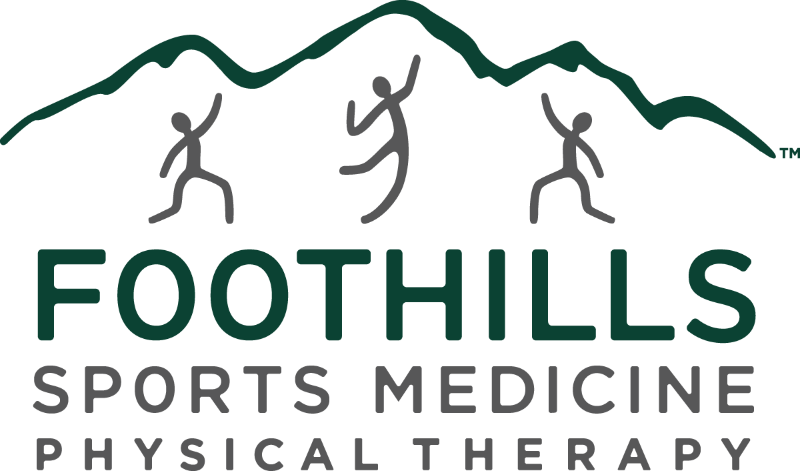As a sports medicine professional, one question I get asked from runners-in-training is “how long should my long run should be?” Deciding the length of your long run is always a big question. As a runner, you know the long runs are tough and you wonder if you will even complete them, but you also know you need to subject yourself to the long runs to train successfully.
A long run depends on two things: your weekly mileage and the pace that you will run the long run. The rite-of-passage for most runners training for a marathon would be to string a bunch of 20-mile runs at the end of the week. This “magic number” does not consider individual differences in abilities and goals. Without proper training, 20 miles at the end of a three-a-week training program can be both demoralizing and injurious.
Finding the Right Time and Length for Your Long Run
Dr. Jack Daniels (not the whiskey) provides a basis for your long run. He instructs runners to never exceed 25-30 percent of their weekly mileage in a long run. He adds that a 2.5 to 3-hour time limit should also be enforced. Exceeding those guidelines offers no physiological benefit and may lead to overtraining, injuries, and burnout. Dr. David Costill also adds that a 2-hour bout of running will reduce muscle glycogen depletion by as much as 50%. While this rate of depletion is acceptable on race day, it is counterproductive in the middle of a training cycle because it takes 72 hours to replenish those stores; leaving you to recover the rest of the week instead of getting in quality training.
The second factor in your long run is the pace you will be running it at. The long run should be about 1 to 1.5 minutes slower than your race goal pace. So, if you are planning on running slower than a 9-minute pace, then you should avoid the 20-mile trek. This would put you outside the 2.5- to 3-hour time limit. If you ran 20 miles at a 9-minute pace, it would put you right at 3 hours to run. Anything more than a 9-minute pace would put you over 3 hours for a 20-mile trek, thus breaking the cardinal rule.
So how do you finish a 26.2-mile marathon without ever running 20 miles on your long run? Kevin and Keith Hanson from the Hansons-Brooks Distance Project provide a solution for this problem. They prescribe to their runners a long run of only 16 miles, but here’s the catch: they have you run on tired legs to simulate the last 16 miles of the marathon not the first 16 miles. With their training method, they have you run a tempo run on Thursday and run on Friday and Saturday. Thus, giving you no time off before your long run and there is nothing like a tempo run to get your legs tired for your long run. I have used this method for years in my marathon training and I can say it works; it has kept my injuries down and has kept me healthy for race day.
Where Did the 20 Miles Come From?
In the 70s, the average finishing time for a marathon was under 3 hours. But, these were hardcore pavement-pounders and elites that could finish 20+ miles during their long run in well under 3 hours. This is where the “magic” 20 miles came from. Today, with the increased popularity and numbers of marathon runners, the time to finish a marathon is right around 4.5 hours; thus making your long run of 16 miles better for the average runner.
If you get an injury during your marathon training and need help getting back to running, schedule an appointment with a physical therapist familiar with sports medicine. We’d love to help and our physical therapy offices are located throughout the Phoenix Valley.
Marathon Training: At What Pace and How Long Should Your Long Runs Be?




